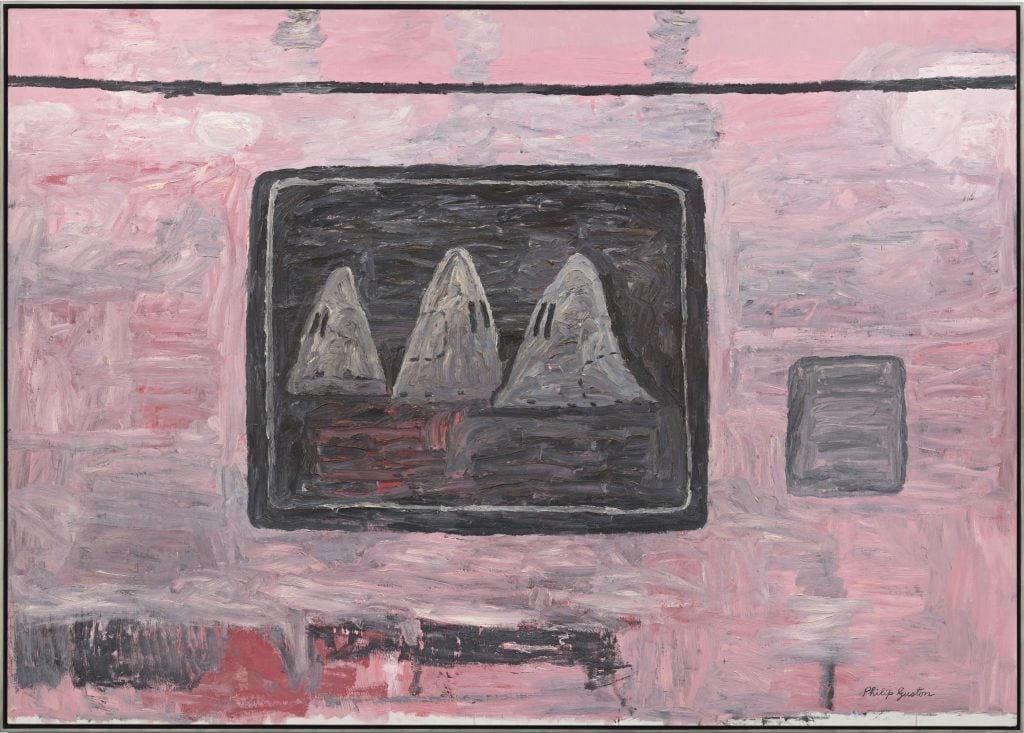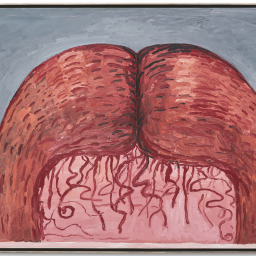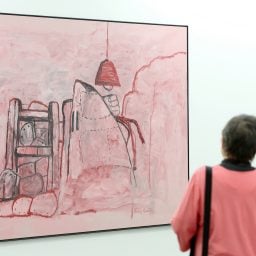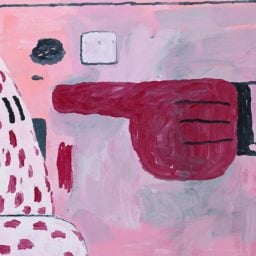Last year, a firestorm of controversy ignited when four leading international museums postponed a long-awaited Philip Guston retrospective over concerns that the artist’s paintings of hooded Klansmen needed additional contextualization in light of the heightened racial tensions following the summer’s Black Lives Matter protests.
Now, New York’s Hauser & Wirth gallery, which represents the artist’s estate, has taken it upon itself to spotlight those challenging works in “Philip Guston, 1969–1979,” a show dedicated to the final decade of his career.
“The timing for ‘Philip Guston: 1969–1979’ is urgent because of the art’s relevance to our cultural context today,” Marc Payot, the gallery’s president, told Artnet News in an email.
“The racial reckoning and widespread calls for social justice that have rightly brought so many Americans into the streets over the past couple years—particularly since the murders of George Floyd, Breonna Taylor, and too many others—echo the context in which Guston made these late works.”
The gallery says the show was not organized in response to the controversial postponement.
When it opens in September, the exhibition will focus on the painter’s late-in-life embrace of figuration after he helped pioneer Abstract Expressionism as a first generation painter of the New York School.

Film still of Philip Guston in his Woodstock studio, summer 1971. From footage by Michael Blackwood Productions. ©The Estate of Philip Guston, courtesy the Estate and Hauser & Wirth.
Critics initially lambasted Guston’s change of direction, which involved an unlikely combination of deliberately cartoon-like figures and the dark subject matter of systemic racism. But the works spoke to the insidious yet banal way that evil pervades US society. In these intimate, confessional paintings, both the artist and the viewer become complicit in a long history of racial injustice.
“In his last decade, Guston achieved a visual language to express his lifelong outrage over inhumanity, bigotry, cruelty, and injustice everywhere,” Payot said.
Originally, Guston’s museum retrospective was set to open at the National Gallery of Art in Washington, D.C., on June 7, 2020. The show was pushed back for a year due to the pandemic, before organizers announced that it would open in 2024 to give curators time to reassess the presentation.
Following a widespread backlash and cries of censorship, the exhibition’s four organizing institutions opted for a 2022 opening date.
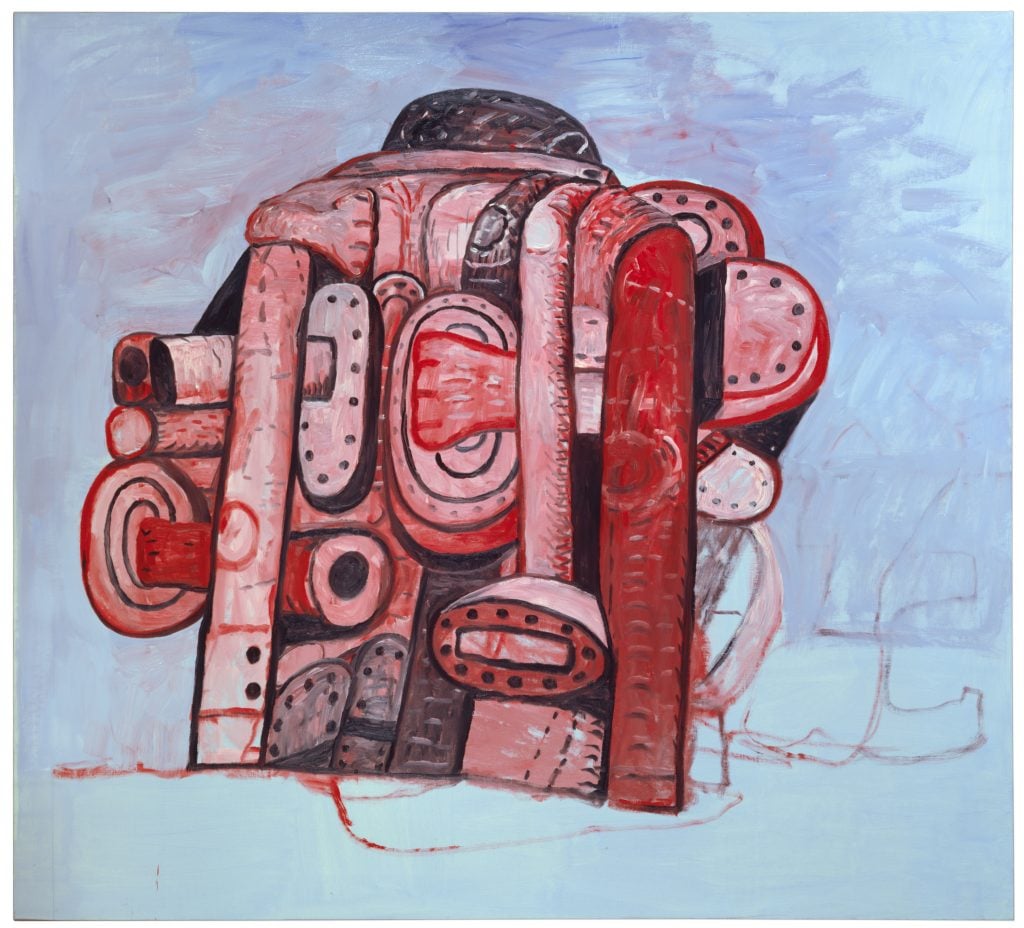
Philip Guston, Back View II (1978). ©The Estate of Philip Guston, courtesy the Estate and Hauser & Wirth, private collection.
“Yes, these are challenging works with painful imagery that calls to mind deep traumas,” Payot said. “But at the gallery, the paintings will speak for the themselves. Guston’s take on the human condition and his voice for social justice are by now manifest.”
The Hauser & Wirth exhibition is set to include works that have never been exhibited before, with loans from museums and private collections. The show “will be complemented by robust public programs and critical writings that give significant context to the work and bring the artist’s ideas and images into the center of contemporary discourse,” Payot added.
The gallery has represented the Guston estate since 2015, and has presented a series of shows covering different periods in the artist’s career, including his late abstract work and satirical Richard Nixon drawings.
“We devoted one exhibition called ‘Resilience’ to a single year in Guston’s career—1971—when he moved to Europe in the wake of critical excoriation of his new figurative paintings at the now infamous Marlborough Gallery exhibition in New York in 1970,” Payot said. “We’ve always planned to organize a show focused on the paintings that made his Marlborough exhibition such a scandal, yet propelled Guston toward the most powerful decade of his career.”
“Philip Guston, 1969–1979” will be on view at Hauser & Wirth, 542 West 22nd Street, New York, September 9–October 30, 2021.
